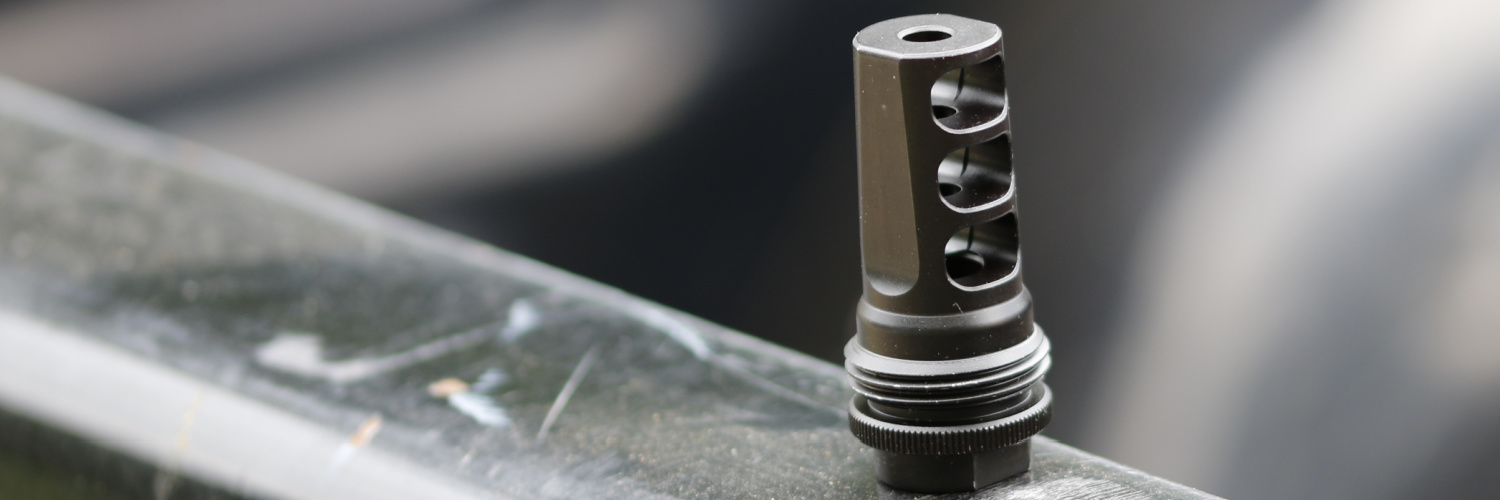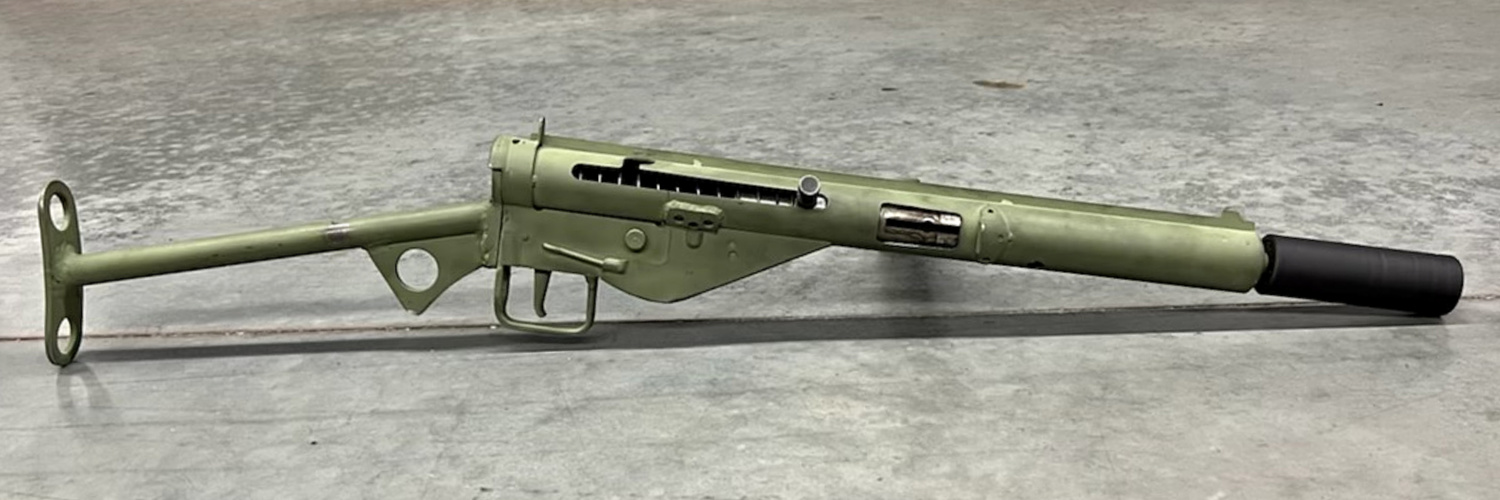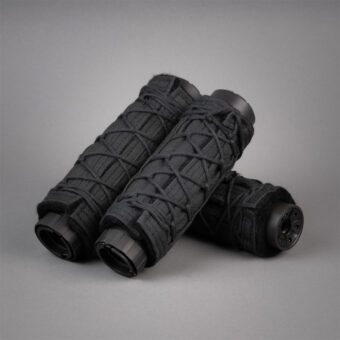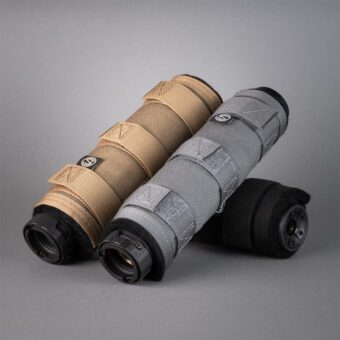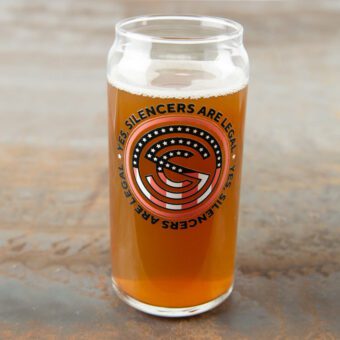What Is a Compensator?
David Higginbotham
Old-school purists babied the delicate muzzle ends of their rifles. The muzzle is, after all, a critical component of accuracy. Now, though, a new generation of shooters are slapping all kinds of attachments to the business-ends of their barrels. This article is a deep dive into one specific type of attachment designed to make shooting easier on the shooter: the compensator.
First, let’s define a basic term.
Muzzle Device: Any attachment to the end of a gun barrel. Examples include muzzle brakes, flash hiders, stand-offs, and suppressors, each serving unique purposes. This article focuses on compensators, which are designed to combat muzzle rise.
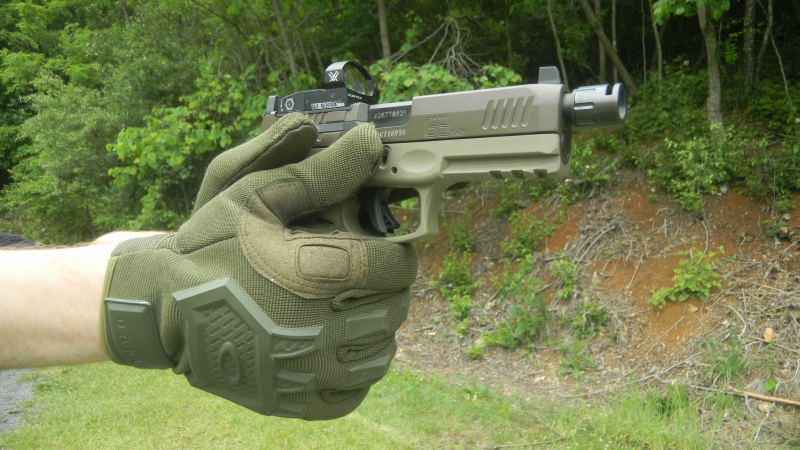

Understanding the ballistic forces that create recoil is key to grasping how a compensator reduces muzzle rise.
When the gunpowder ignites inside a barrel, expanding gas propels the projectile down the barrel. This is the path of least resistance. In a fraction of a second, this expanding gas produces tremendous force.
Once the bullet (or projectile/s) exits the muzzle end of the barrel, that gas exits too, pushing the barrel back toward the shooter. For fixed-barrel guns like bolt-action rifles, shotguns, rimfire pistols, and revolvers, the shooter’s grip slows this rearward travel, causing the muzzle end — where we have the least amount of grip — to rise, often dramatically.
These forces — the rearward push and upward motion — cause problems for shooters: painful recoil, difficulty watching the impact through the scope, and delays in getting back on target for follow-up shots. This is where a compensator proves beneficial.
What is a Compensator?
In the simplest sense, a compensator can be the slant cut on the muzzle of an AKM. For most, a compensator is an add-on device that redirects muzzle blast gases upward to reduce muzzle rise
There’s no good reason for the barrel to jump upward and a compensator helps keep it down.
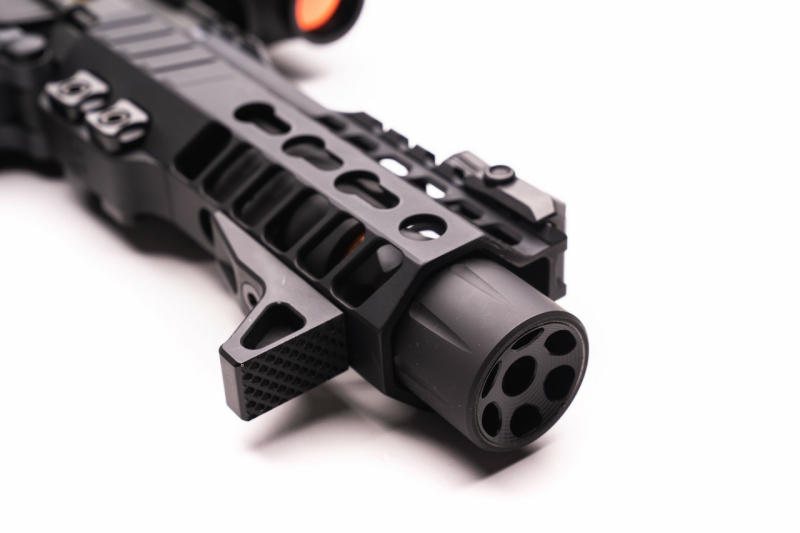

What types of Compensators exist?
Compensators range from simple slits or ports in barrels to threaded devices that screw onto the barrel. They are common in both handguns and rifles, helping manage recoil and muzzle rise, especially in high-caliber firearms.
Compensator ports cut into barrels are most commonly found on pistols and revolvers. A newer trend is to extend the frame past the end of the barrel and add vents in the extension.
Threaded barrels allow for screw-on compensators, much like a direct-thread suppressor. These are popular for both handguns and rifles. Almost every aftermarket accessory companies offer compensators for customizable pistols in nearly every caliber, especially 9mm.
Are suppressors Compensators?
A compensator is not a suppressor, but a suppressor can act as a compensator. How’s that for splitting hairs?
First, a suppressor is not a compensator. Broadly defined, a suppressor is designed to cut back on the noise, while a compensator does nothing for noise reduction.
But… a suppressor does reduce felt recoil. The science behind this is measurable. When recoil is reduced, muzzle rise is reduced. Therefore, a suppressor can act as a muzzle brake, and — in effect — serve as a compensator.
How is a Compensator different from a Muzzle Brake?
While both devices manage recoil, they function differently. The compensator pushes the barrel down while the brake helps prevent the gun from going backward. Some devices combine both features.
As for their effect on sound, just about all compensators and muzzle brakes redirect sound in a way that can be aggressive for those standing off the muzzle. The same is true for the shooter, too, on a covered or indoor range.
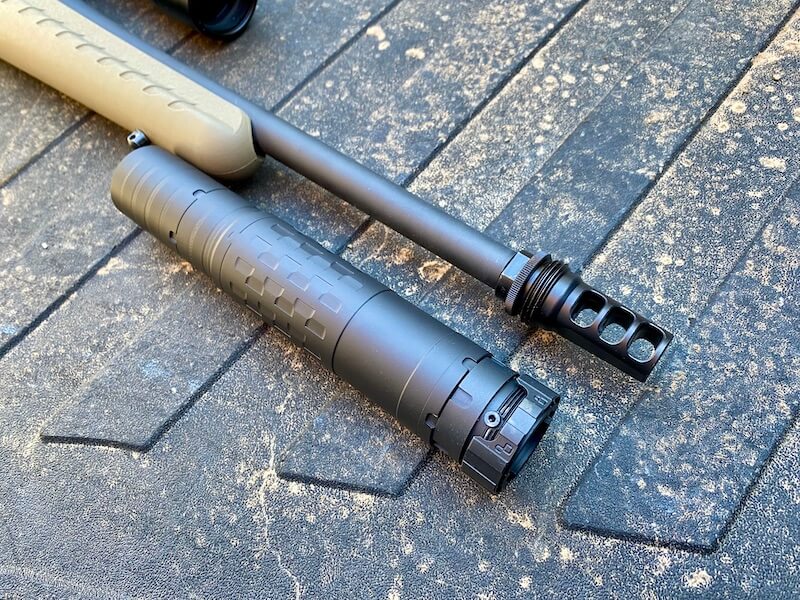

How do Compensators work?
A compensator, especially one that threads onto the end of a barrel, redirects muzzle blast gases upward to reduce muzzle rise. By counteracting the upward motion, a compensator helps keep the barrel level, making the gun shoot flatter.
How do compensators affect accuracy?
Compensators can affect accuracy, especially since they route gas upward, which might alter the projectile’s path.
With pistols, this hardly makes a measurable difference. The projectiles themselves are typically heavier. 9mm bullets are not especially aerodynamic — at least not compared with a 6.5mm boat-tail bullet with a low ballistic coefficient. The benefits of recoil mitigation far outweigh any negative effects of accuracy.
Plus, if you keep a compensator on a pistol (as most of us do), you’ll learn to shoot to any marginal point-of-impact shift, as it should remain consistent with the same ammo at the same distance.
Rifle accuracy is more complex. You could write a dissertation about how muzzle crown effects repeat accuracy. If tiny, almost imperceptible changes to a muzzle crown can make or break a gun (and they can), the addition of anything extra needs to be well thought out.
For high-recoil calibers, however, compensators can greatly reduce muzzle rise. There is an ongoing debate about using compensators versus muzzle brakes, leading some to use combination devices.
Most long-range shooters still privilege the benefits of recoil management and sight in with a compensator that they never remove from their rifle—again allowing for a learning curve for any resulting impact shift.
SilencerCo ASR RCB Compensator
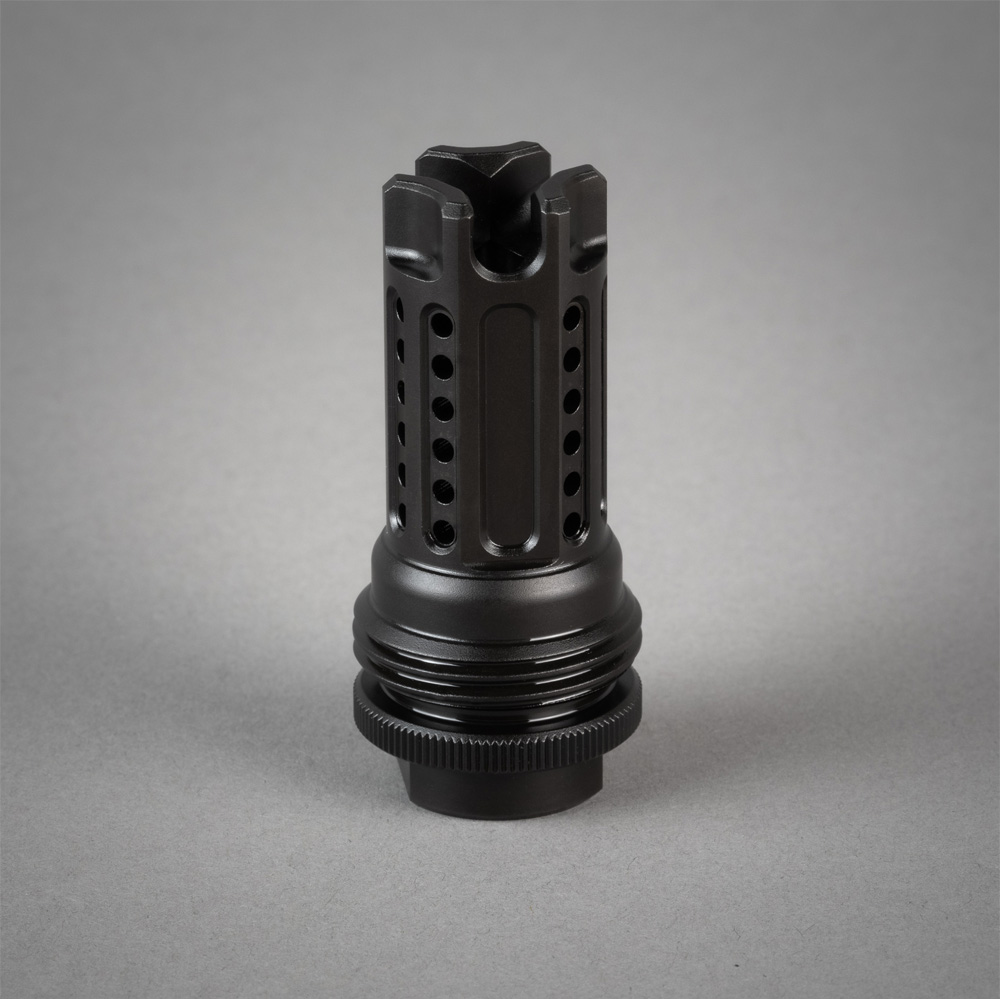

Overall, compensators are valuable additions to firearms, enhancing shooting performance by reducing recoil and muzzle rise.
The SilencerCo ASR RCB, in particular, exemplifies the blend of compensation and noise suppression. Venting gas in a triangular pattern, the ASR RCB reduces noise redirection and maintains accuracy. This provides an excellent solution for those seeking both compensation and sound suppression in their firearms.


